Theben Electrical Installation
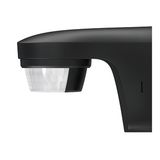
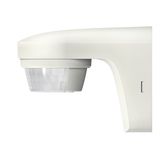
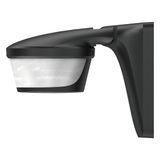
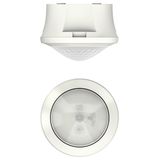

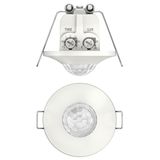

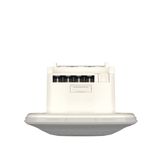
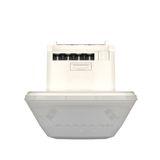


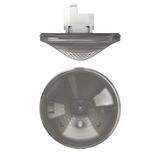



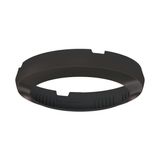
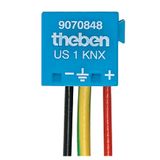
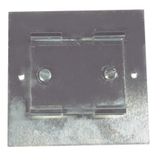
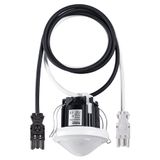
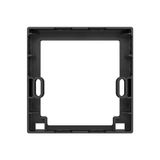
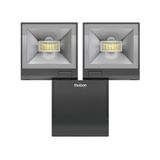

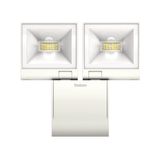
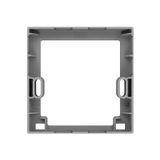

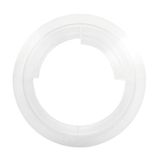

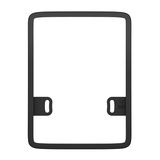
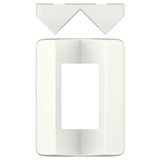
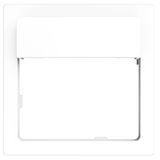


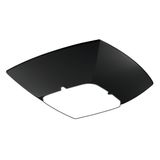

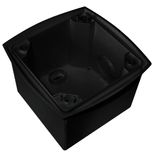
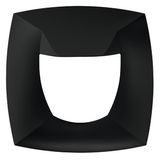
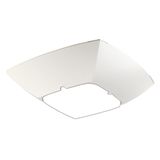

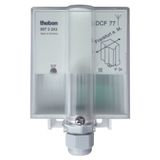
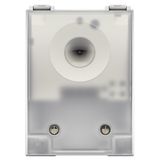
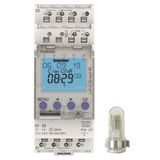
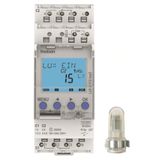
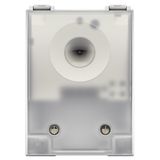
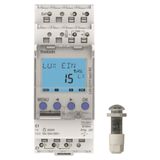

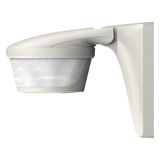
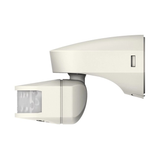
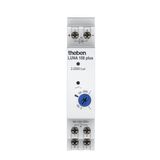

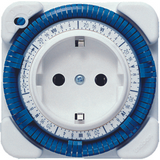

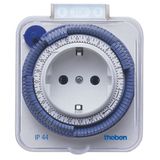

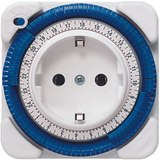
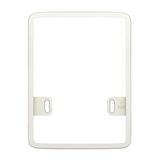
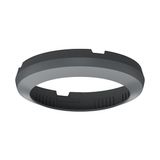

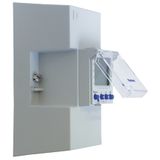


theben installation materials for consistent fit-outs
Frames and housings use reinforced PA/PBT/PC with LSZH options for occupied spaces and UV-stabilised blends for façades. Temperature windows typically −25…+105 °C with low creep under clamp load. Metric hole families remain uniform across brackets and plates, so drilling jigs can be reused from floor to floor. Installers standardise on theben installation materials when they need identical bezel planes and cut-out offsets in tight ceiling voids.
theben installation accessories covering sealing and strain relief
Glands in M16 M20 M25 with matched ferrules keep IP65–IP68 through temperature cycling; closed-cell EPDM or silicone gaskets recover after service. Strain-relief bushes reach ≥60 N pull-out when sized to jacket OD, and colour collars separate SELV from mains at a glance. EMC entry plates provide 360° braid clamps to avoid pigtail inductance; crews stock theben installation accessories by thread family, ferrule range, and jacket OD to prevent on-site improvisation.
theben wiring components for power and control terminations
Push-in and screw-cage terminals accept 0.5…6 mm² copper; keyed headers prevent cross-mating between DALI/0–10 V and mains. Marking channels stay legible after solvent wipe-downs; 2 mm test ports support live diagnostics. Contact surfaces are tin or nickel plated for low milliohm resistance over many cycles. Engineers specify theben wiring components when repeatable clamp force and compact pitch matter in drivers, control boxes, and shallow bulkheads.
theben mounting systems with declared load and torque data
Crossbars, slide rails, and channel clips share 25/50 mm pitch logic and accept M4–M8 fasteners. Galvanised and A2/A4 stainless options cover dry zones and coastal air; anti-vibration inserts limit resonance near metal ceilings. Laser-etched torque windows 2.0–6.0 Nm aid inspection. Designers rely on theben mounting systems where hundreds of rooms need identical offsets, stand-offs, and bracket geometry to keep luminaire alignment consistent.
theben conduit systems ensuring protected routing
Rigid and flexible conduits route 300/500 V runs with smooth bores to protect sheath integrity on long pulls; metallic variants include continuity straps for low loop impedance in automation bays. Matching locknuts and sealing washers hold IP65–IP68 at enclosure boundaries, and swivel couplers absorb thermal expansion so glands don’t walk. Specifiers choose theben conduit systems when trunking must cross mixed zones without thread changes or adapters.
theben installation hardware for mechanical integrity
Fixing plates, earth lugs, retaining clips, and spacer rings follow hole patterns compatible with Euro-channel and DIN rail. Load limits and safety factors are printed or etched; fasteners use zinc-nickel or stainless finishes for corrosion resistance. Ceramic stand-offs shift heat away from drivers; polymer cups cut mass on gypsum. Procurement tags theben installation hardware by pitch, thread, and allowable load so acceptance tests stay unambiguous.
theben electrical installation in multi-room rollouts
Apartments and hotels use ceiling roses with retained screws and shallow cups; offices benefit from modular plug-ins for quick luminaire swaps; plant rooms require gasketed junctions with stainless fixings; car parks rely on IP65 glands and anti-tamper clips. Using theben electrical installation families keeps conductor windows, label carriers, and clamp forces uniform, shortening commissioning and simplifying maintenance routes where identical rooms repeat.
Selection criteria for B2B buyers
Fix interface and conductor range early—cap/base, pole count, strip window. Verify environment—IP/IK, gasket, UV/chemicals, ambient. Lock mechanical stack—cut-out tolerance, bezel depth, bracket offset, trunking pitch. Plan service—swap strategy for lenses and clips, torque windows, label format for traceability. Document logistics—EAN/MPN on every small part, room-bundle kitting, pull-out and torque checks at goods-in.
Advantages of working with Bankoflamps
We plan deliveries in the order crews install. Pricing is aligned to room schedules, and live EU stock is visible before teams are booked. Quotations with EAN/MPN land in roughly one hour; your portal shows lead times, shipment progress, and downloadable price lists with validity windows you can actually plan around. Trusted accounts can work on post-payment up to 30 days. We consolidate partials to cut freight, and a dedicated manager cross-checks thread families, conductor windows, bracket pitch, gland selection, gasket sets, and torque notes against your drawings—so cartons arrive site-ready across France, the Baltics, Germany, Spain, Italy, Belgium, and the Netherlands.